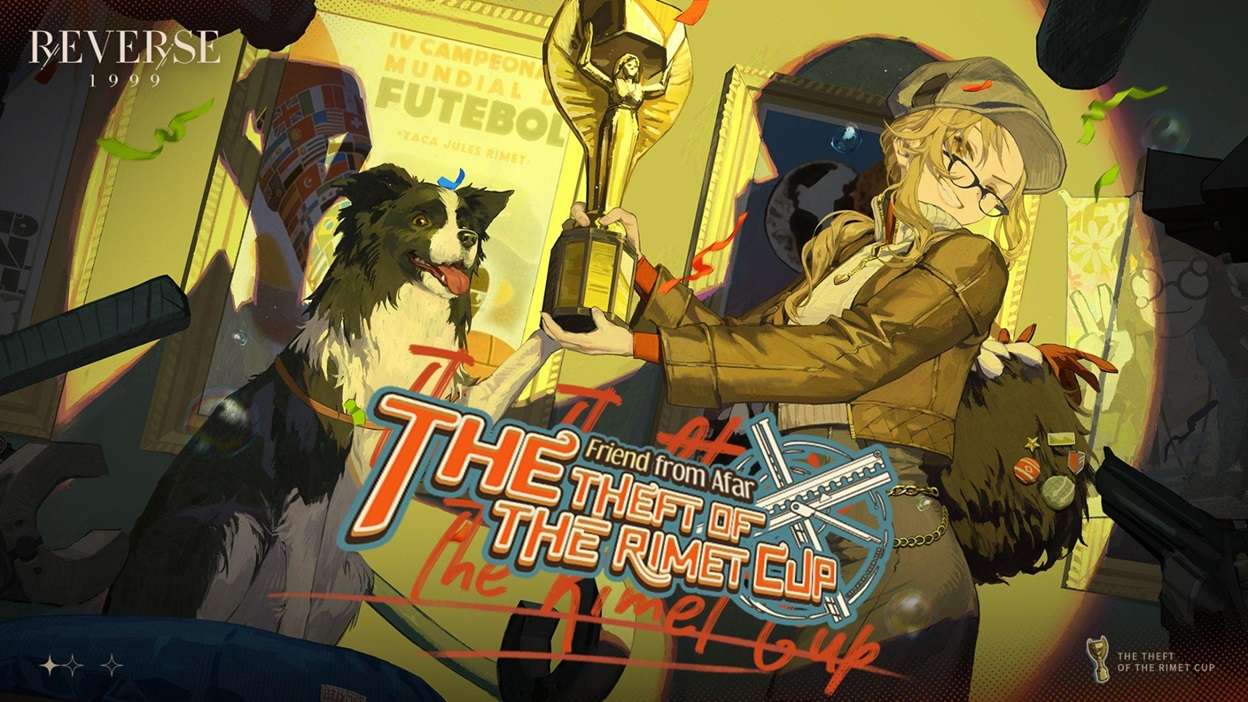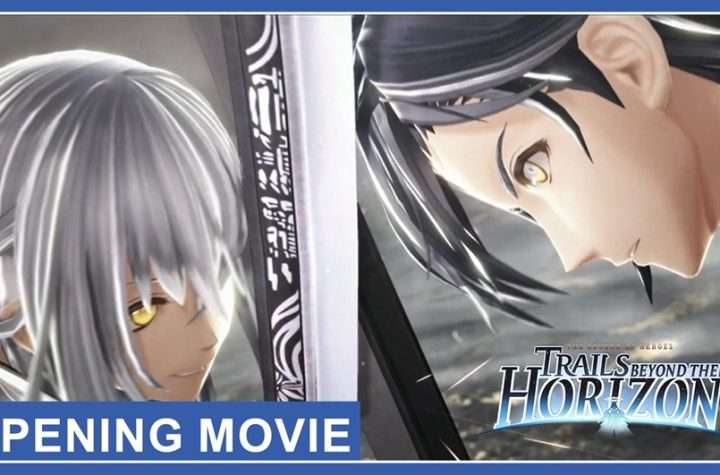Reverse: 1999 is a visual novel-like gacha game, by developer Bluepoch Games, with a turn-based combat designed around a card system. You play as Vertin, a Timekeeper that is able to withstand The Storm which is said to be the end of an era. Dive deep into this somewhat confusing but interesting storyline while also being wary of the mysterious dangers that lurk around the corner. Will you be able to uncover the mysteries behind The Storm and find out why time seems to be moving backwards with each incident?
When you start the game, you first meet Regulus, an overzealous pirate captain whose ship promptly gets destroyed by the Manus Vindicte who is the main antagonist faction of the story. After which you jump over to Sonetto, a member of the St. Pavlov Foundation who has summoned Vertin, the main protagonist and the person you play in the game. Sonetto needs Vertin’s help in tracking down and apprehending Regulus for using Arcanum power without a license. While helping Sonetto you suddenly shift gears as Regulus is different and you need her for your own mission. In the end Sonetto accepts defeat and returns to the Foundation lest she be caught in The Storm. You push Regulus into your suitcase in order to save her from The Storm, the suitcase is able to preserve and protect items from different time periods. Once in the suitcase you explain the situation to Regulus, The Storm is described as the end of an era. After the storm time seems to be moving backwards with your original time period being 1999. You are a Timekeeper whose job is to keep track of the movement of time in the outside world.

A few times during this escapade, you are introduced to the combat system of this game. While the story itself is told through a visual novel like method the combat brings you into a more visually simplistic turn based system. You can have up to 4 characters on your team later down the line. You have a set of incantations in the bottom right of the screen. Click one to summon its ritual, click and hold to check out the details. Action Points (AP) are how you use actions during combat such as playing rituals and attacking. Above the incantation cards it shows the star levels. When two identical incantations of the same star level meet they will be merged into one of a higher star. Max of up to 3 stars. Moving incantations around to merge them also costs AP. Characters have Moxie, a character’s Moxie is displayed under the character(s) health bar. Casting, moving, and upgrading an incantation will increase a character’s moxie. When a character’s Moxie is full you will be able to use an Ultimate incantation. The enemies in the fight will show what incantation they are going to use. The icons below your incantations in the bottom right show what kind of incantation it is. Incantation cards have six different types, Attack, Buff, Debuff, Heal, Counter, and Ultimate, that you can use to damage your opponents while also keeping your own team alive.
Reverse: 1999 so far is interesting, if a bit overly confusing at the beginning. The gacha part of this game is centered around obtaining Unilog to summon characters of varying star levels. The characters range in star level from 2 stars up to 6 stars with most lower stars having higher drop rates than higher stars, making the 6 stars very rare and more powerful. This adds into the combat system as you rely on the characters you get and how you build them in order to progress through story combats. While other gacha games have a similar system with summoning characters to use in combat most of them also feature exploration based and 3D built worlds and characters allowing you to traverse and explore. This game has a twist by having none of that and only revolving around visual novel-like storytelling and world building with moments of combat.
Overall, there are no issues with how Reverse: 1999 runs or plays but I do have some things about the experience as a whole. The story is very confusing and hard to keep track of, especially in the beginning. I understand what they were going for, by just dropping you in the middle of a conflict with high tension and an imposed race for time, but by doing that they also drop a lot of information all at once about a world you don’t understand yet. This makes for a confusing start to the game. I also am not sure I like the combat system very much, which is a big thing, since that is one of the main selling points behind the game and its gacha system. The combat seems out of place with the art and style of the rest of the game, the small cartoonish characters and enemies not really resonating with me. That being said, the gameplay of the combat, itself, is interesting in its own right. Playing cards and having to strategize using action points and indications is a good system.
Reverse: 1999 is a visual novel styled game featuring turn based combat scenarios available on PC and Mobile devices for free. The overall art style and theme is very interesting and pleasing to look at while the story is in equal parts interesting as it is confusing. The combat system features aspects of turn based strategy and card playing while the theme itself seems out of place with the rest of the game. I am giving this game a 7 out of 10 because many aspects of the game are interesting but don’t feel like a fully cohesive experience overall.
Download Reverse: 1999 today on the App Store, Google Play, and PC via the game’s official website for a chance to receive up to 73 summons. Plan out an ambitious heist with the timekeeper community via Discord and follow on X / Twitter, YouTube, Facebook, and the game’s official website.
Related: Reviews by Brianna Keller
I enjoy a wide variety of games from intricate survival/adventure games to simple platformers. I am also a sucker for a good story game.





More Stories
I AM FUTURE Review for PlayStation 5
PUBG: BLINDSPOT will be Launching on February 5th via Early Access
GTA Online: Money Fronts, HSW Race Bonuses, Free Hands-on Car Wash Property, Plus Much More